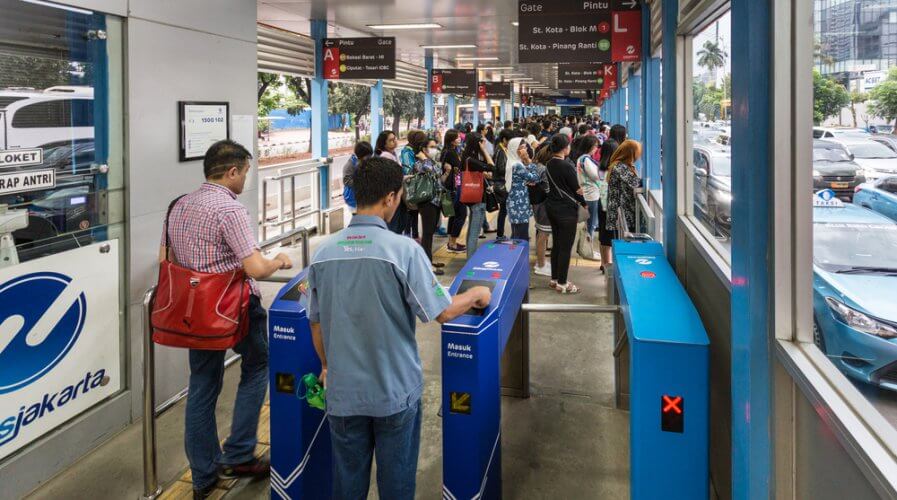
Digital services and infrastructure from the government makes going digital easier for businesses. Source: Shutterstock
Can digital regulatory and tax filings help businesses go digital?
WHILE organizations attempt to go paperless on their journey to digital, do governments support their ambitions?
In many parts of the world, especially in countries like Indonesia and the Philippines, businesses still have to make applications and file taxes using paper forms.
It’s why businesses continually urge governments to embrace digital and incorporate technology into everyday operations.
An archaic government will inevitably slow down commercial progress and fail businesses in the increasingly digital-first, global marketplace.
One of the areas where technology makes the biggest impact on the relationship between the government and corporate entities is in the tax department.
In fact, the World Bank believes that convenience in tax procedures is an important factor in evaluating the ease of doing business in the country.
Reviewing the past editions of the Ease of Doing Business Index does reveal that some countries are making an effort to simplify and streamline things with digital, but more effort is definitely needed.
Quicker and simpler payments
According to the 2019 edition of the Paying Taxes report by PwC and the World Bank, the average time to comply has fallen by 84 hours and the average number of payments by 10.3 since 2004 — both driven by technology.
The time to comply indicator reflects the number of hours it takes to prepare, file, and pay (or withhold) corporate income tax, value-added tax or sales tax, and labor taxes, including payroll tax and mandatory social contributions (in hours per year).
The payments indicator reflects the total number of taxes and contributions paid, the method of paying, and the frequency of payment during the tax year.
In the report, the World Bank reminds people that technology alone isn’t sufficient to improve performance. The simpler a tax system is, the more amenable it is to digitization.
In recent years, the overall rate of change has slowed down indicating that governments are taking more time to think about how they must implement technological upgrades to their tax system in order to benefit their people — which isn’t a bad thing in itself since taking into account computer literacy levels and domestic IT infrastructure is key to success.
However, governments must take swift action if they want to avoid lagging behind.
READ MORE
- Ethical AI: The renewed importance of safeguarding data and customer privacy in Generative AI applications
- How Japan balances AI-driven opportunities with cybersecurity needs
- Deploying SASE: Benchmarking your approach
- Insurance everywhere all at once: the digital transformation of the APAC insurance industry
- Google parent Alphabet eyes HubSpot: A potential acquisition shaping the future of CRM






